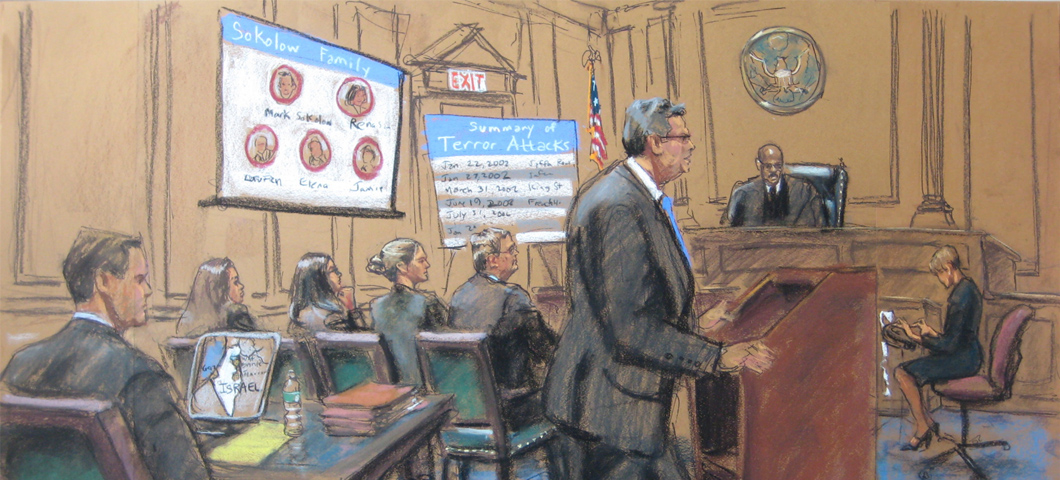The Power of Visuals in Test Presentations for a Winning Argument
The combination of visuals in test presentations has emerged as a crucial variable in effectively communicating complicated disagreements to jurors. By using various kinds of aesthetic aids-- be it diagrams, photos, or animations-- lawyers can improve understanding and retention, ultimately forming the jury's perception of the case.
Value of Visuals in Tests
In several lawful setups, visuals play a vital role in enhancing the efficiency of trial presentations. The integration of aesthetic components can dramatically affect jurors' understanding and retention of complicated info, thereby forming their assumptions and choices. Visuals, such as charts, diagrams, and pictures, can streamline elaborate narratives, making them extra easily accessible and compelling.
Furthermore, the human brain procedures visual details extra effectively than text, which emphasizes the significance of incorporating visuals right into legal debates. By equating dense lawful ideas right into aesthetic formats, lawyers can help with more clear communication, ensuring that crucial points are not forgotten during tests.
Furthermore, visuals offer to engage jurors on a psychological level, cultivating a connection to the instance that words alone may fall short to achieve. The critical use visuals can stimulate empathy, triggering jurors to consider the human elements of the instance.
Eventually, the relevance of visuals in trials exists in their ability to improve quality, improve juror interaction, and reinforce the narrative existing. This potent combination is crucial for crafting convincing debates that resonate with jurors and influence the result of lawful proceedings.
Sorts Of Visuals to Make Use Of
Effective trial discussions can substantially benefit from a range of aesthetic devices that accommodate different elements of the instance. trial presentations. Utilizing diagrams and charts can successfully damage down complex information, making it a lot more absorbable for jurors. As an example, flowcharts can illustrate the sequence of events, while bar graphs might succinctly contrast pertinent information factors.

Animations and simulations can additionally play an important duty, especially in cases involving technical information or detailed scenarios. These visuals can dynamically stand for procedures or actions, offering clearness and involvement that static pictures might not attain.
Additionally, infographics integrate text and visuals to summarize necessary details properly. They can offer timelines, data, and substantial instance factors in an aesthetically enticing fashion, making it less complicated for jurors to adhere to the debate.
Enhancing Understanding and Retention

Enhancing comprehension and retention during trial discussions is critical for making certain that jurors comprehend the necessary aspects of a case. Aesthetic help act as powerful devices in this respect, equating complex details right into easily absorbable layouts. By using charts, layouts, and infographics, attorneys can simplify detailed company website data and highlight vital points that might or else be neglected.
Studies have actually shown that people keep information dramatically better when it is offered aesthetically. This is particularly pertinent in a test setting, where jurors might be overwhelmed by the quantity of evidence and statement. By strategically including visuals, attorneys can guide jurors' attention to one of the most crucial facets of the case, enhancing their understanding and memory of the material offered.

Producing Engaging Discussions
Captivating jurors' interest during test presentations is necessary for communicating an engaging narrative. Involving presentations take advantage of visual aspects to create an unforgettable experience that reverberates with jurors. The calculated usage of graphics, animations, and video clips can elucidate complicated information, making it a lot more accessible and relatable.

In addition, incorporating narration strategies can enhance involvement. Providing evidence in a sensible sequence that constructs sob story enables jurors to get in touch with the material on an individual degree. Diverse discussion formats, such as including short video or interactive elements, can also sustain interest and attention throughout the test.
Ultimately, an engaging presentation promotes a much more profound understanding of the instance, making it possible for jurors to better value the debates existing and resulting in an extra favorable result.
Study and Success Stories
Many instance studies highlight the substantial impact of visuals in trial discussions, showing their capacity to influence juror perceptions and eventually the end results of cases. For example, a significant instance involving a personal injury insurance claim showed just how making use of a 3D animation of the accident scene clarified complicated information. Jurors reported feeling more informed and empathetic, considerably persuading their decision in favor of the plaintiff.
In another instance, a corporate litigation case made use of infographics to existing economic information and timelines, making complex info easily accessible. The graph enabled jurors to understand the nuances of the instance extra properly than spoken descriptions alone. trial presentations. Because of this, the jury returned a judgment that went beyond the customer's expectations
The engaging visuals not only aided in producing uncertainty however also reverberated emotionally with jurors, leading to a pardon. These success stories emphasize the this link necessity of incorporating visuals into test presentations, as they boost understanding, retention, and ultimately, the influential power of legal debates.
Conclusion
In verdict, the strategic consolidation of visuals in test discussions dramatically enhances jurors' comprehension and retention of complicated info. Involving discussions, sustained by engaging case studies, demonstrate the profound effect that visuals can have on convincing interaction.
Comments on “How Trial Presentations Should Be Customized to Your Audience for Maximum Effectiveness”